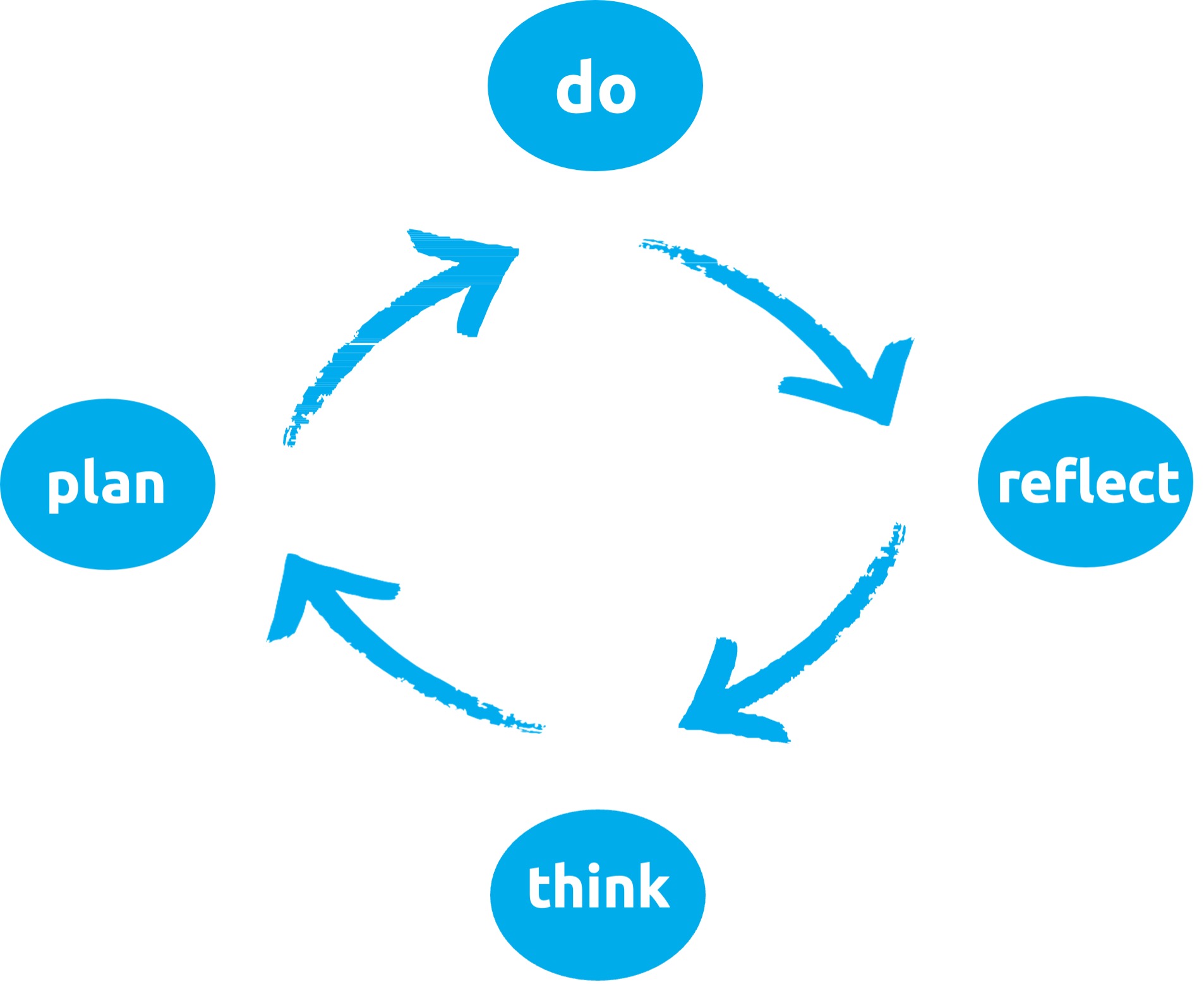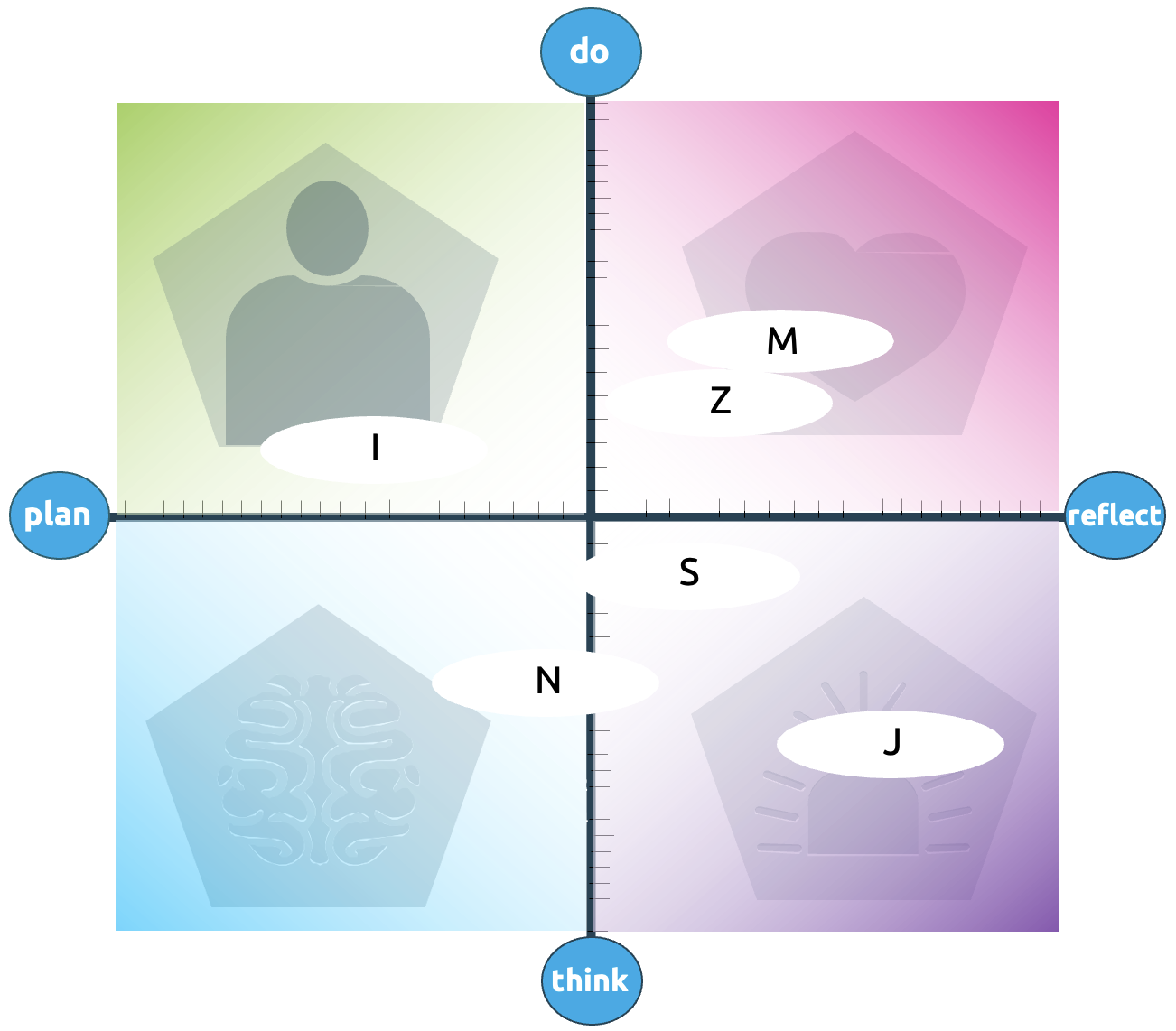Are leaders born to the role? Does one simply come into the world with the charisma, ability to inspire, take tough decisions and communicate well? Or, is it within the ken of any individual to develop themselves as a leader?
Whether we believe the answer to be one or the other or a combination of both, the bottom line will always remain “learning.” Leadership is a complex business, requiring an equally complex set of skills and these can be developed and honed over time through continuous learning. Even those who are born blessed with the key leadership traits can only become true learning leaders if they are willing to become conscious of their experiences and practice.
Definitions of leadership are wide and varied. Everyone, it seems, has some idea of what it is and what makes the best leaders. For our purposes we can draw on a simple, and perhaps profound, definition that I picked up from an Ethiopian cohort:
If you think you are a leader and you don’t have any followers you are just taking a walk.
And, given the world we are living in, it’s worth adding that true learning leaders will have willing followers, as opposed to those coerced into following whether through fear or manipulation – or even hierarchy for that matter.
To ask what makes a good leader is therefore to think about the qualities that make someone “followable.” And without much doubt we are looking at the traits of authenticity, courage, empathy, vision and, most of all, someone who can “walk the talk” and follow through on their promises.
Learning is life
The Learning Leader course is a reflection of this philosophy; conceived and designed around leaders who want to learn and develop themselves. It is designed for people who are ready to acquire the necessary knowledge and skills, but also to explore their own beliefs and values so that they are as consciously authentic as they can be. It takes as a maxim the view frequently attributed to Mark Twain that “continuous improvement is better than delayed perfection.”
Learning Leaders is founded on four foundation pillars: learning; leadership; consciousness; change. And it is consciously focused on learning that keeps pace with change, drawing on the Reg Revins formula:
Rate of learning > Rate of change = Life
Rate of learning < Rate of change = Death
The course is intentionally more about facilitation than teaching. It is focused on learning “outputs” much more than teaching “inputs.” We provide frameworks to help participants make sense of the outputs, but these are deliberately simple – though not necessarily easy – and can be adopted at a personal and collective level. In other words they are much less culture bound than other (largely Western) theories and models.
Most of all we use tools and techniques that create a safe and respectful environment wherein participants feel so comfortable with each other they not only exchange their own experiences and insights but also help each other to explore the deeper meaning of what it is to be a leader in today’s world.
To have Learning Leaders as part of the Global Majority Mentoring Programme throws up other dimensions relating to culture and diversity. Participants are exclusively from Global Majority backgrounds and are more conscious than most of their diversity. It is interesting, too, that the dominant profile has been a female one.
We could all readily agree that leadership in this modern, fast changing, complex world should always be open to learning, indeed, it is learning or the ability to learn in a conscious way that is a defining characteristic of the modern leader.
Consciousness raising
Over two days participants worked through multiple course elements including change framework, philosophical inquiry and practising disagreement, a “walk the talk” exercise and a reflection instrument. But a key collective “Aha!” moment arose from an exercise to explore individual learning leader styles. That was a moment where all of us, myself included, found a new way to look at diversity: not just as a “nice” thing to do but as an essential strengthening underpinning to all that we do.
The assessment of learning leader styles begins with introducing a learning cycle model. We emphasise at this point that our world has become a place where “Plan-Do” is dominant and that this, more visible, element is what organisations like to encourage and reward. This has come at a cost to “Reflect-Think” and consequently to our ability to learn. This helps to frame where our focus will be and why. The participants will have a rare chance to really indulge in some quality individual and collective reflection and thinking.

By segmenting the cycle into four quadrants we find that we have four different areas that accommodate or position leadership learning styles or preferences.
- Body (between Plan and Do) – learning from experience and being aware of our behaviour.
- Heart (between Do and Reflect) – learning from emotion and being aware of our instinctive intelligence.
- Mind (between Think and Plan) – learning from knowledge and being aware of our ego.
- Spirit (between Reflect and Think) – learning from wisdom and being aware of our beliefs.
With the use of a short questionnaire, we are able to identify our leadership learning styles and the relative position on the cycle. This is a good visual to discuss further what having a particular approach might mean for an individual and to explore the consequences of our collective preferences. The below diagram illustrates where different people might position themselves on the various quadrants.

Having someone in each quadrant gives us a more complete learning group. I like to see things get done offering practical insights. M and Z remind the group how important it is to be aware of our feelings and be open to creativity and new ideas. S and J require that questions are asked, and sense is made before rushing onto the next thing. Finally, we have N who also likes to make sense but who is unlikely to procrastinate too long and can help a group converge learning into a decision and way forward.
Provided we become and remain conscious of this diversity it becomes a real strength in any group or team. Only when we are unconscious can differences lead to division, fragmentation and misunderstanding. Without this awareness learning is non-complimentary and will erode respect and trust.
Having looked at our complimentary styles we applied this insight into all that we did for the rest of the two day course. For example, participants enhanced the effectiveness of the “walk the talk” exercise when they paired up with a complimentary style and experienced new perspectives, insights and ideas. But most of all we could see graphically how diversity is always a strength (especially in a leadership team) when we are conscious of ourselves and others’ approaches and preferences.
That this is the real and positive message from any EDI initiative. With the consciousness of a Learning Leader we could never be divided! I am already looking forward to next year’s Global Majority Mentoring Programme cohorts and to enjoy the diversity and experience the profound insights that come out of this potent mix of leaders.
This article is one of four exploring London Higher’s Global Majority Mentoring Programme – you can find the others here. Keith would like to extend special thanks to the University of Westminster and Dr. Randhir Auluck, Head of School, Organisations, Economy & Society at Westminster Business School without whose vision, not to mention organisational skills, this Learning Leaders course would not have seen the light of day.













I love all of this, but especially that diversity if always a strength if we are consciously, intentionally, exploring the implications of differences. It is great to have a group of this size where it is more feasible to build relationships in the time available – six people have 15 connections, while 12 people have 66 connections to negotiate! For me the impact of inclusion initiatives on the individual is critical, and this really achieves that. I wonder if there is a way to scale it with an action set style approach? So that after initial facilitation people can continue… Read more »